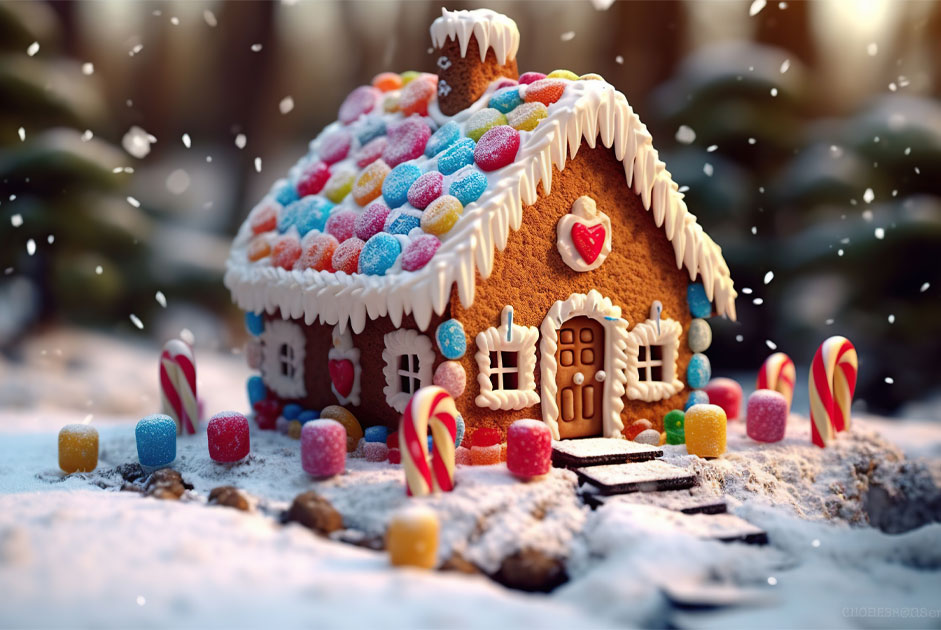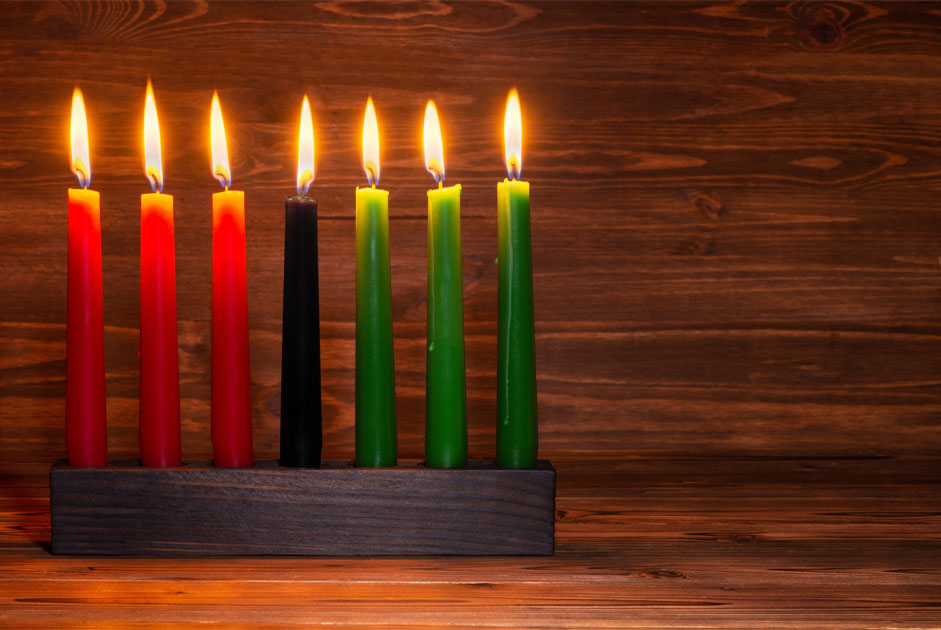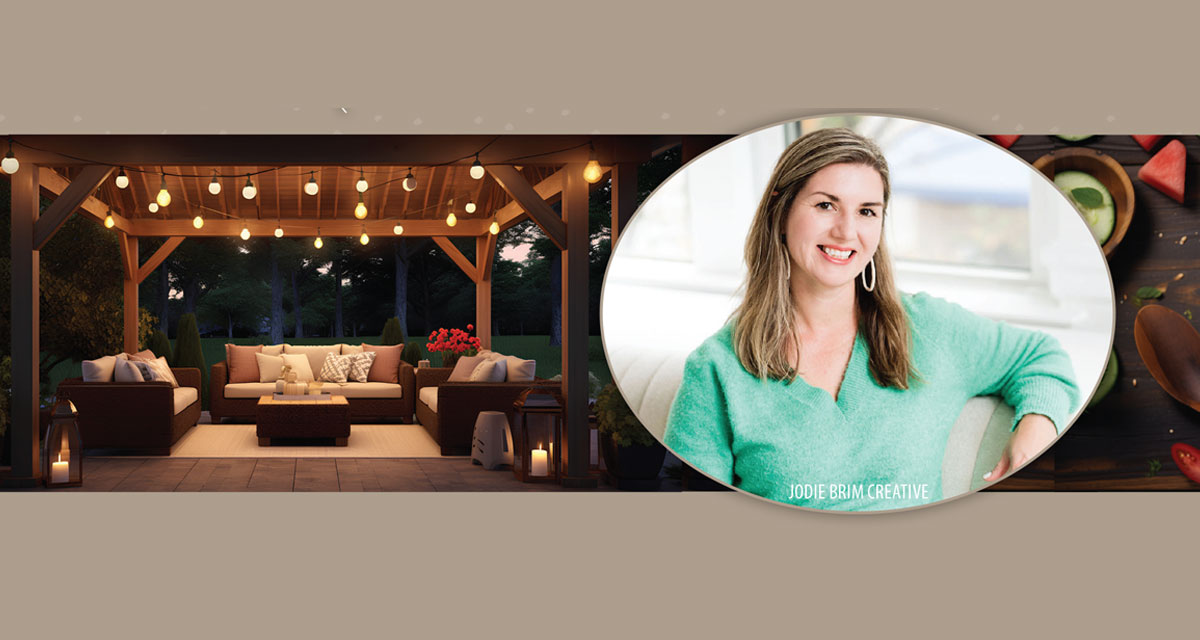The holiday season holds countless traditions, with many celebrations based on religion, ethnicity, and cultural ties. Most of today’s modern Christmas traditions come from Victorian Era holiday traditions. However, other customs originate from other ancient cultures. Curious to learn about today’s most popular traditions? Read on for the surprising origins of seven of our beloved holiday traditions!
Holiday Tradition Origin #1: The Christmas Tree: The true origin of the Christmas Tree is often debated. According to the Desert News article, “11 Holiday Traditions and Their Surprising Origins,” historians first credited Ancient Romans and Egyptians for bringing greenery into one’s home. Since winter months often brought death and famine, people brought plants into their homes to celebrate winter festivals with triumph of “life over death.” According to Medevalists.net, “the Baltic cities of Riga, Latvia, and Tallinn, Estonia, both claim they were home to the first official Christmas tree.” In cities like Riga, winter trees were decorated and brought into the town’s square for all to enjoy.
Holiday Tradition Origin #2: Fruitcake: This often beloved or hated gift has ties to the Egyptian times. According to the Reader.com article, “5 Popular Holiday Traditions and Their Origins,” legends state Egyptians would leave fruitcakes on the tombs of their dead loved ones to pay homage to them. “In England, people would place fruitcake under their pillow to dream about their sweet, eventual loved one,” the article states, and many European countries banned the sweet treat during the 18th century due to its “sinfully rich flavor.” This may explain why today, fruitcake is often given as a gag gift to someone.
Holiday Tradition #3: The Hanukkah Gelt: Known as a timeless tradition of Jewish culture, many of the earliest Jewish records express the importance of unique coinage, because its minting symbolized Jewish independence. According to the Reader.com article, “The coinage was an early symbol of prosperity, and when their use began to wane, coinage was still given to Jewish teachers in support of children’s education and their learning the Torah.” Today, Gelts are given to children as well, in support of their academics and studying Judaism.
Holiday Tradition #4: Elf on a Shelf: Love it or leave it, this Christmas tradition often keeps parents up to the wee hours of the night during the holiday season, attempting to find a new spot to leave the “elf.” According to the History.com article, “How 25 Christmas Traditions Got Their Start,” when author Carol Aebersold and her daughter, Chanda Bell, published the book Elf on the Shelf: A Christmas Tradition in 2005, the world caught Elf on the Shelf fever! Today, over 13 million “elves” have been adopted and hidden throughout homes across the world.

Holiday Tradition #5: Gingerbread Houses: The English and Germans are credited with first developing the idea of baking and decorating a gingerbread house. According to the PBS.com article, “The History of Gingerbread,” specifically we can thank Queen Elizabeth I for first developing the idea to richly decorate a gingerbread cookie. “Queen Elizabeth I is credited with the idea of decorating cookies in this fashion, after she had some made to resemble the dignitaries visiting her court,” the article states. After the Brothers Grimm’s published, Hansel and Gretel, 16th century Germany began to bake “elaborate cookie-walled houses, decorated with foil in addition to gold leaf,” that “became associated with Christmas tradition.”

Holiday Tradition #6: Kwanzaa Candles: The candles used throughout Kwanzaa have significant symbolic meaning. Many African Americans celebrate Kwanzaa from December 26 to January 1 as a secular festival paying homage to their cultural heritage and traditional values. According to the Reader.com article, “5 Popular Holiday Traditions and Their Origins,” each candle has meaning. “Kwanzaa candles consist of red, black, and green candles,” and are lit from left to right. The three red candles represent the struggle for freedom for people of African heritage. This candle is followed by “one black candle which represents the color of the people.” Finally, on the right, “three green candles are lit which symbolize the rich and fertile land of Africa.”
Holiday Tradition #7: Mistletoe: According to the Readers Digest article, “The Fascinating History Behind These 24 Christmas Symbols,” Norse mythology is why we must kiss if we happen to stand together with someone under the mistletoe. Legend has it that “Gods used mistletoe to resurrect Odin’s son Baldur from the dead.” This said, Baldur’s mother, Frigg, the goddess of love, “made the plant a symbol of love and vowed to kiss anyone who passed under it.” Today, the plant is tied to the holiday season because it blossoms even despite frigid weather.






















